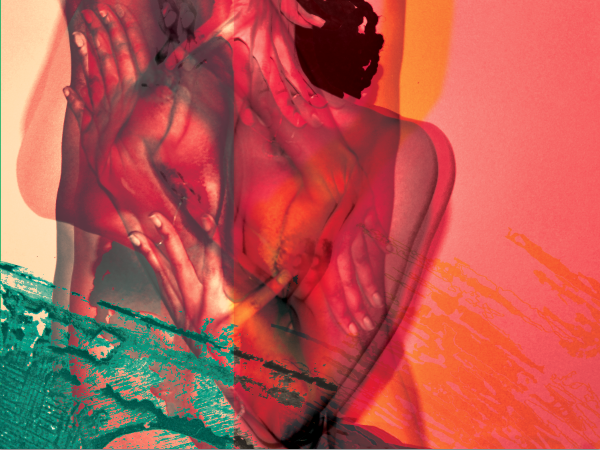by THE EDITORS

There is a moment in De La Soul’s “Stakes is High” where the emcees speak of “vibes… vibration.” Utilizing samples from jazz pianist Ahmad Jamal’s “Swahililand,” they assert that stakes are indeed high, when we talk of vibes and vibration. What does it mean to be both responsible to and responsible for vibration?
It is to know that we can make work that radiates, that moves, that touches on something deep within us. In the church, we talk about how the spirit moves, often in ways we cannot predict. In the art world, we tend to note work that moved us, in much the same unpredictable, unseeable, yet tangible way.
But what of the mover? How do we—as those who have to create movement—make and ensure that those vibrations manifest? We have to take seriously the reality that the stakes are high. In selecting words, every sentence must adhere to the urgency of making beautiful things, to make decisions that are not based on efficiency, but on the clarity that a love of craft brings. In selecting what notes to play, we must be careful, knowing that whatever we choose has power that exists beyond our artistic preference in the moment. In selecting colors, we must remember that force can be wielded to impose and also to embrace. We are more than the commodity-driven signifier of “creative:” we are movers who enable vibration.
When we create work that moves, that unsettles, that vibrates, our chief responsibility is care. And that is beautiful, necessary, and it can free us. Our stakes are high because we live in times where care is not only limited but also openly abandoned. Yet we wonder why few things continue to move us. When we are not moved and the vibrations are faint, we are left wondering, questioning, what else there is, what else could have been done.
A Gathering Together is a partial answer to that, ‘what else?’
